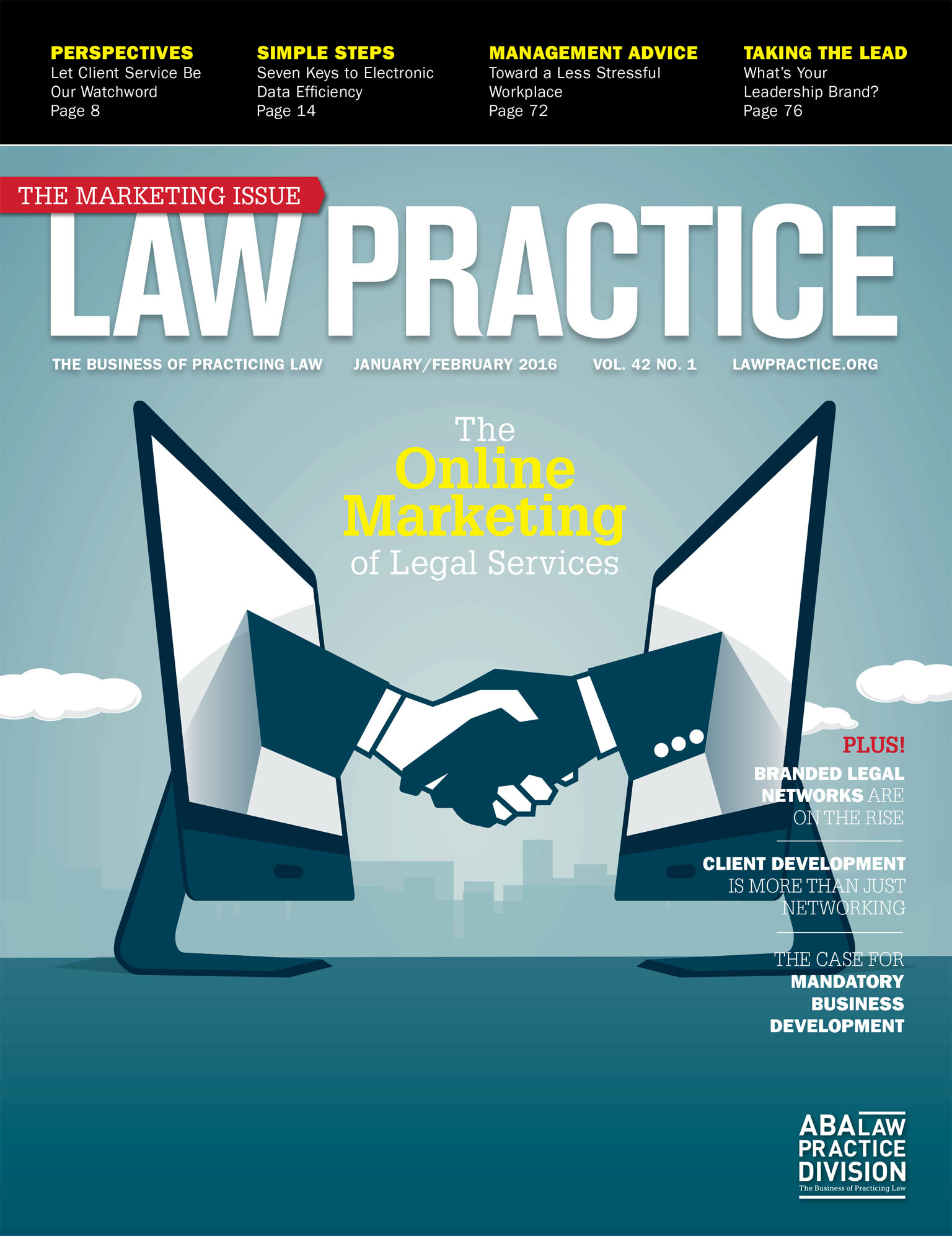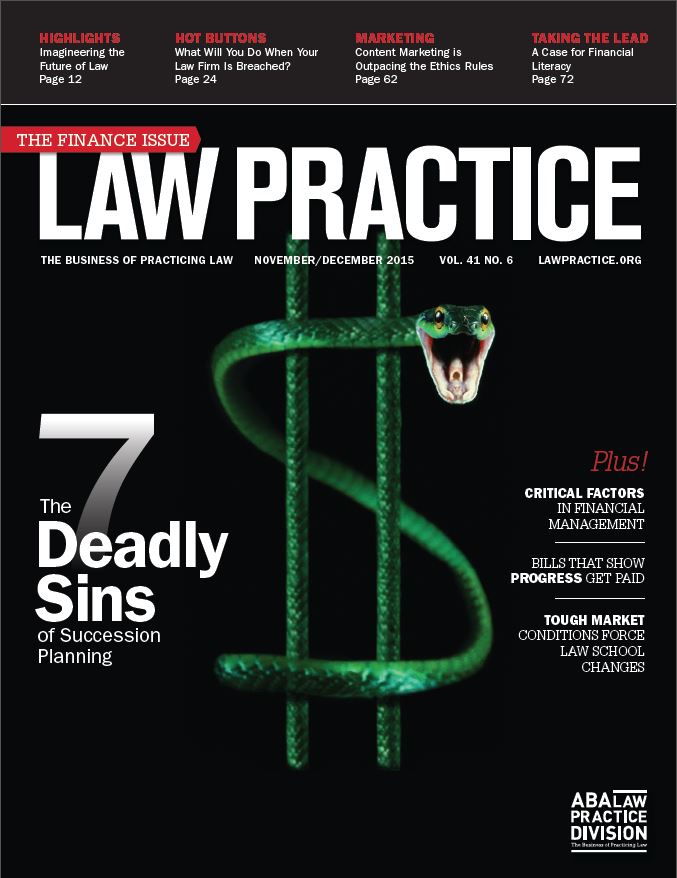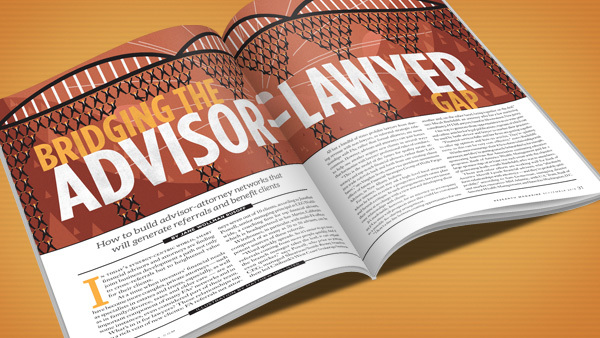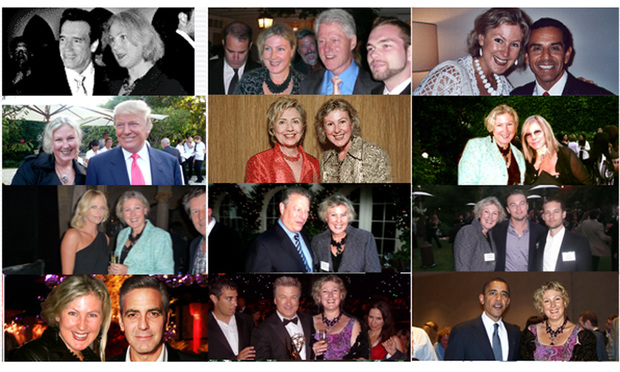2017 Third Circuit Judicial Conference: Twitter in the Court — Social Media Issues for Judges, Lawyers
If you ar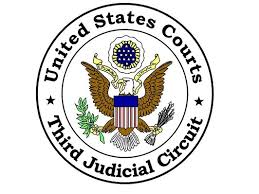 e a Judge or attorney fascinated (or at least feeling like you need to know this stuff) by the world of social media, consider attending the 2017 Third Circuit Judicial Conference on April 19, 2017 at the Lancaster Marriott at Penn Square in Lancaster, Pennsylvania.
e a Judge or attorney fascinated (or at least feeling like you need to know this stuff) by the world of social media, consider attending the 2017 Third Circuit Judicial Conference on April 19, 2017 at the Lancaster Marriott at Penn Square in Lancaster, Pennsylvania.
I will be participating in “Twitter in the Court: Social Media Issues for Judges, Lawyers” from 4 pm to 5:30 pm along with fellow panelists Cynthia L. Dahl, Director of Detkin Intellectual Property and Technology Legal Clinic and a Practice Associate Professor, University of Pennsylvania Law School; and Kathryn E. Deal, Partner, Drinker Biddle & Reath LLP. Our program is moderated by the Honorable Lawrence F. Stengel, United States District Judge, Eastern District of Pennsylvania.
The panel will cover a wide range of topics in the vast realm of social media, from a brief history and introduction to the major social media channels (Facebook, Twitter, LinkedIn, Snapchat) to the boatload of ethical issues that arise and the many ways social media has impacted matters in the courtroom.
 Marketing Attorney Blog
Marketing Attorney Blog


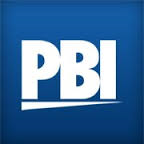 In the 15+ years where I’ve taught the marketing & advertising ethics CLE hour of Ethics Potpourri, this years’ program has elicited some of the most fascinating exchanges from the audience. I teach this hour live in Philadelphia and Pittsburgh every April, August and December. The coming weeks include the live presentation in Pittsburgh on August 25th and Philadelphia on August 30th. For directions and registration information, visit
In the 15+ years where I’ve taught the marketing & advertising ethics CLE hour of Ethics Potpourri, this years’ program has elicited some of the most fascinating exchanges from the audience. I teach this hour live in Philadelphia and Pittsburgh every April, August and December. The coming weeks include the live presentation in Pittsburgh on August 25th and Philadelphia on August 30th. For directions and registration information, visit 